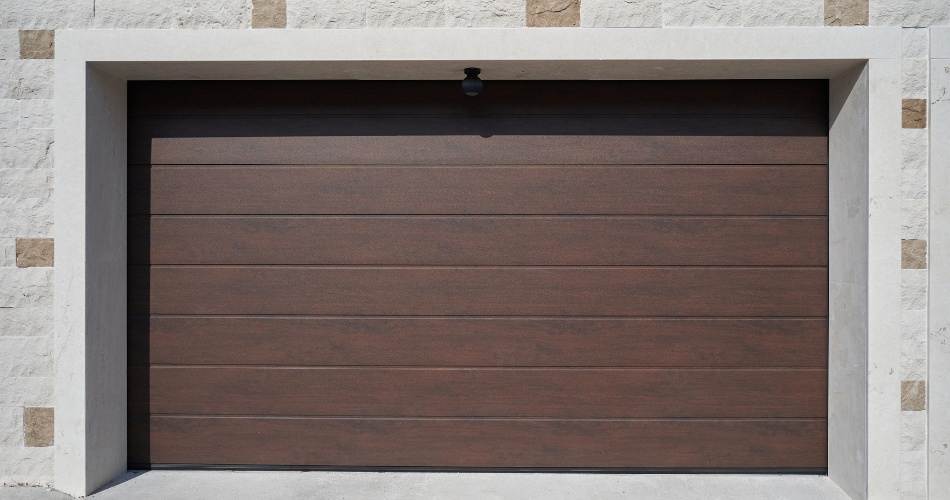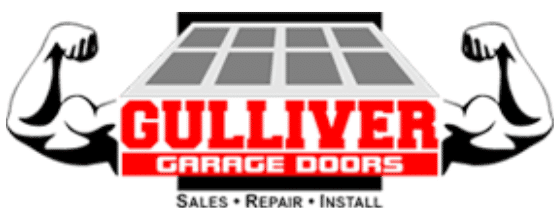Understanding the Difference Between Torsion and Extension Springs in 2024
The mechanics of springs play a vital position in numerous applications, from on a regular basis household items to complicated equipment. Understanding the differences between torsion and extension springs can help you select the right type in your particular wants.

Emergency Garage Door Repair Near You Devon
What Are Torsion Springs?
Torsion springs are designed to exert a torque or rotational force. They work by twisting, storing power within the coil because it turns round its axis. These springs are generally utilized in applications requiring controlled rotational actions. For instance, you'll find torsion springs in objects like clothespins and garage doors, where resistance to wind or gravity is required.
- Mechanism: Torsion springs retailer energy when they are twisted. The force exerted increases because the spring is twisted farther from its neutral position. Common Uses: Found in applications starting from St. Albert's storage mechanisms to Spruce Grove’s industrial machines. Design Features: Typically, they consist of tightly wound coils around a solid middle. This construction allows them to withstand constant twisting forces.
What Are Extension Springs?
Garage Door Off-Track Repair Services Sherwood Park
Extension springs, distinct from torsion springs, are designed to soak up and retailer power when they're stretched. These springs offer resistance to pulling forces and return to their original shape when the force is eliminated. They are sometimes present in purposes requiring pulling or tension, such as in the doors of sure home equipment and other machinery.

- Mechanism: Extension springs function by elongating. The more they are stretched, the more force is exerted to return to their unique shape. Common Uses: Often utilized in Beaumont's automotive trade or in tools present in Fort Saskatchewan developments. Design Features: Typically have coils with hooks or loops at every end for safe attachment factors.
Key Differences Between Torsion and Extension Springs
Comprehensive Garage Door Repair Nisku
Understanding the distinct characteristics of those two forms of springs might help you discern which one suits your software. Here are the first differences:
- Type of Force: Torsion springs generate a torque from rotational motion, whereas extension springs generate force when pulled aside. Shape and Design: Torsion springs are wound round a middle axis, whereas extension springs are cylindrical and have hooks or loops at both ends. Applications: Torsion springs are perfect for applications needing to withstand rotational forces, such as in Leduc’s home items, whereas extension springs excel in scenarios requiring tension, like in Spruce Grove's automotive elements.
Fast Response Garage Door Repair Fort Saskatchewan
Applications and Uses in Local Industries
Both torsion and extension springs find in depth use across different industries, including manufacturing, automotive, and home functions - Advanced Garage Door Repair Services Edmonton. Here’s how these springs are utilized in some localities:
Torsion Springs
- **Sherwood Park**: Often utilized in door hinge assemblies, allowing for easy operations. - **Devon**: Integral in sports activities tools, similar to resistance bands and weights.Extension Springs
- **Morinville**: Common in garage doorways, offering the required tension for lifting doorways effectively. - **Ardrossan**: Frequently found in furniture mechanisms, making certain smooth functioning of recliners and sofas.Safe Garage Door Adjustments St. Albert
Each of those springs serves a particular objective to enhance product functionality and effectivity - Same-Day Garage Door Repair Spruce Grove. Understanding their roles helps manufacturers design better products tailor-made to fulfill client wants
Choosing the Right Spring for Your Application
When deciding between torsion and extension springs, think about the precise mechanical necessities of your application. Here are some tricks to guide your choice course of:
Professional Garage Door Adjustments Nisku
- Identify the Forces Involved: Determine whether you need resistance to twisting (torsion) or pulling (extension). Evaluate Space Constraints: Analyze the working setting, as house may decide the form and measurement of the spring you want. Material Considerations: Choose the right material based on corrosion resistance and energy, which may be important in areas like Fort Saskatchewan's industrial sectors.

Conclusion
Garage Door Installation and Repair St. Albert
In summary, the difference between torsion and extension springs lies of their primary operations and applications. Torsion springs excel in offering rotational resistance, making them good for functions that require torque, http://cristianlrob176.bearsfanteamshop.com/professional-garage-door-adjustments-sherwood-park whereas extension springs are good for purposes that necessitate tension and pulling. Whether you are in Stony Plain, Leduc, or any other locale, understanding these variations will empower you to make informed choices on your spring requirements. Don’t hesitate to seek the advice of with business professionals to make sure the best fit for your specific needs!